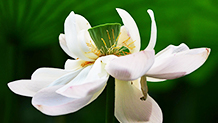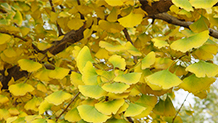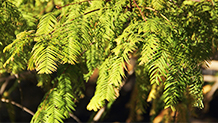| 作 者:Cai K, Tian K, Ban Z, Xu H, Jia W, Zhu Y, Chen H |
| 影响因子:3.1 |
| 刊物名称:Horticulturae |
| 出版年份:2023-11 |
| 卷:9 期:(12) 页码:1268 |
论文摘要:
Floral fragrance, as one of the evaluation indicators for ornamental plants, influences people’s perception of these plants. To explore the volatile compoundstheir application value in different parts of Iris typhifoliato investigate the contributions of each part to the floral aroma, an AIRSENSE electronic nose, principal component analysis (PCA), linear discriminant analysis (LDA),loading analysis (Loading) are employed to study the differences in floral components among the various parts. Samples from the stamen, pistil, flag petal,pendant petal are qualitativelyquantitatively analyzed using solid-phase microextraction (SPME)gas chromatography–mass spectrometry (GC-MS) techniques, combined with spectral library retrieval, cluster analysis,Odor Activity Value (OAV) calculation. The results show that the electronic nose significantly distinguished the aromas from different parts,there are significant differences in aroma composition. Through cluster analysisOAV calculation, it is found that the pistil makes the primary contribution to the floral profile of Iris typhifolia, due to the presence of caproaldehyde, 2-methoxy-3-sec-butylpyrazine,abundant terpenes. This research provides a valuable reference for reconstructing the floral aroma profile, extracting bioactive substances,exploring aromatherapy with Iris typhifolia.
DOI:https://doi.org/10.3390/horticulturae9121268










